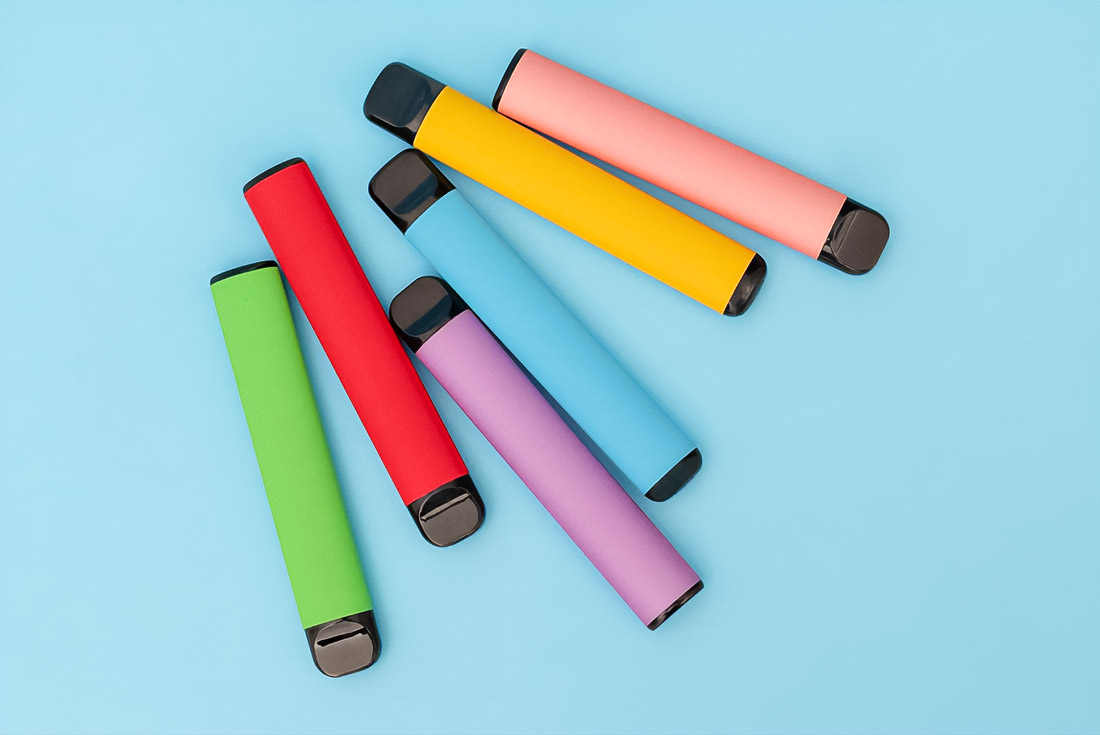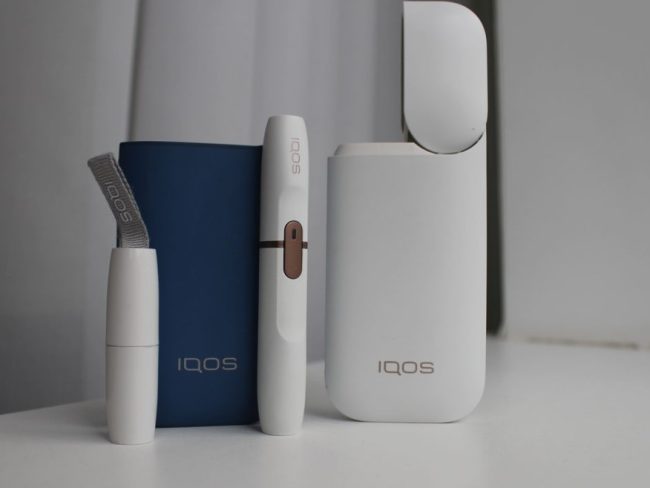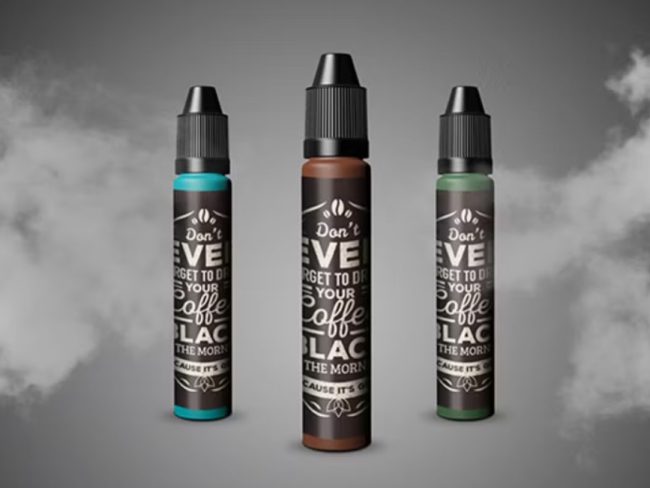Vaping, known as the use of electronic cigarettes, has become a cultural phenomenon affecting millions of users around the world. In addition to offering a substitute for conventional cigarettes, this revolution in methods of acquiring flavors and nicotine has given rise to a distinct subculture. Fruity notes and intricate dessert combinations are just a few of the flavors that make vaping appealing. But how does psychology influence the choice of these flavors?
Incredible Rise of Vaping: Psychology, Flavors, and Behavioral Changes

Vaping changed how people taste flavors and get nicotine. It provided an alternative to traditional cigarettes and gave birth to a new culture. One of the reasons vaping has become so popular is the vast array of flavors available. These tastes encompass everything from juicy to sweet and more, and even an extra kick! Manufacturers, advertisers, and customers may follow market trends better if they’re in on what they “like.” For those looking for the best vapes in the region, best vape brands in UAE may be a great option.
How Psychology Determines Taste Preferences: Theories and Research
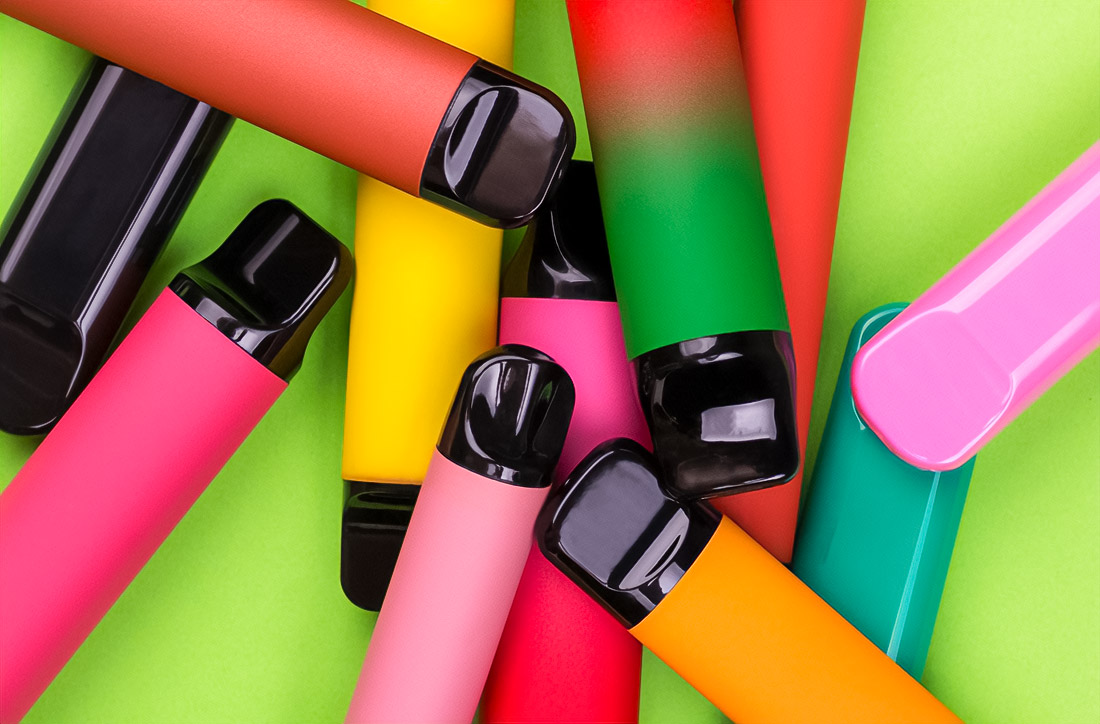
Taste preference psychology is an intricate science that combines perception and human behavior. This is mostly due to the idea of sensory perception, which maintains that our preferences are formed by the interaction of taste receptors, olfactory inputs, and visual impacts. Research discovers a connection between taste perception and the activity of the brain’s dopamine system.
- Pavlov’s theory of conditioned reflexes helps to understand why certain flavors form persistent associations and preferences based on emotions or memories.
Emotional Memory and Taste: Personal Associations
The formation of taste preferences is fundamentally influenced by personal associations and recollections. Taste can affect emotional responses and has the ability to arouse strong memories.
- Research confirms that taste and aroma trigger the Proust effect, activating memories from the past.
- More than 60% of vapers note that they choose flavors that evoke nostalgic feelings.
Cultural and Social Influences on Taste Choice
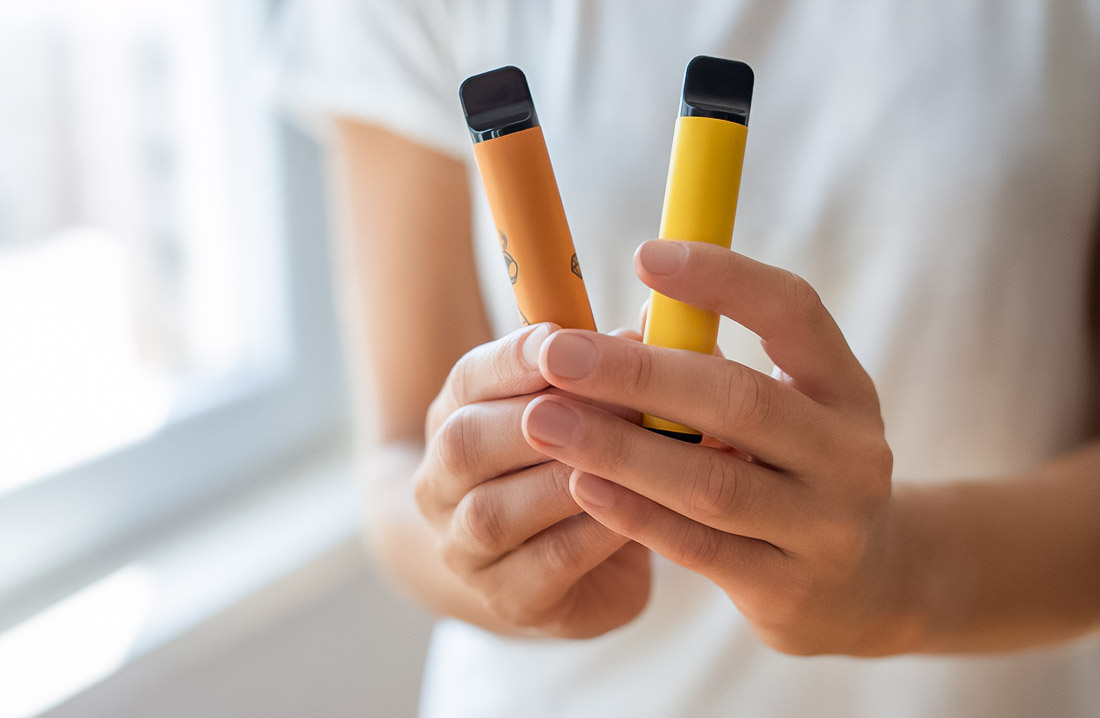
Sociocultural influences have a substantial impact on how taste preferences are formed. Social norms, traditions, and culture all have an impact on the flavors of food, beverages, and vapes. Statistics show that 70% of young vapers choose flavors popular in their company.
- Sweet and spicy aromas are popular in some cultures, while others prefer freshness and fruity notes.
How Brands Manipulate Perception: Marketing and Flavor Trends
Marketing and branding strategies play an important role in forming taste preferences. By using visual and lexical techniques, an associative image is created.
- Bright packaging and colorful images enhance the perception of taste among consumers.
Clinical Studies and Evaluation of Taste Preferences: Identifying Patterns

Modern research confirms the psychological aspects of taste preferences. For example, investigations in 2020 and 2021 revealed that 65% of vapers are drawn to aromas that stimulate childhood memories.
- The trend of growing popularity of fruity and dessert aromas is noted among many brands.
Prospects for Vaping Development: Patterns and Influence of Psychology
Understanding the psychology of taste preferences provides new opportunities for the vaping industry. Companies can create more individualized offers, considering the preferences of different consumer groups. Sensory perception technologies can transform the production of more complex and accurate flavors.

Hiking addict, coffee addict, guitarist, reclaimed wood collector and javascripter. Producing at the intersection of aesthetics and intellectual purity to answer design problems with honest solutions. I work with Fortune 500 companies and startups. Tropical swift lover. My mission is to show people that IQOS is a revolution in the world of smoking.
